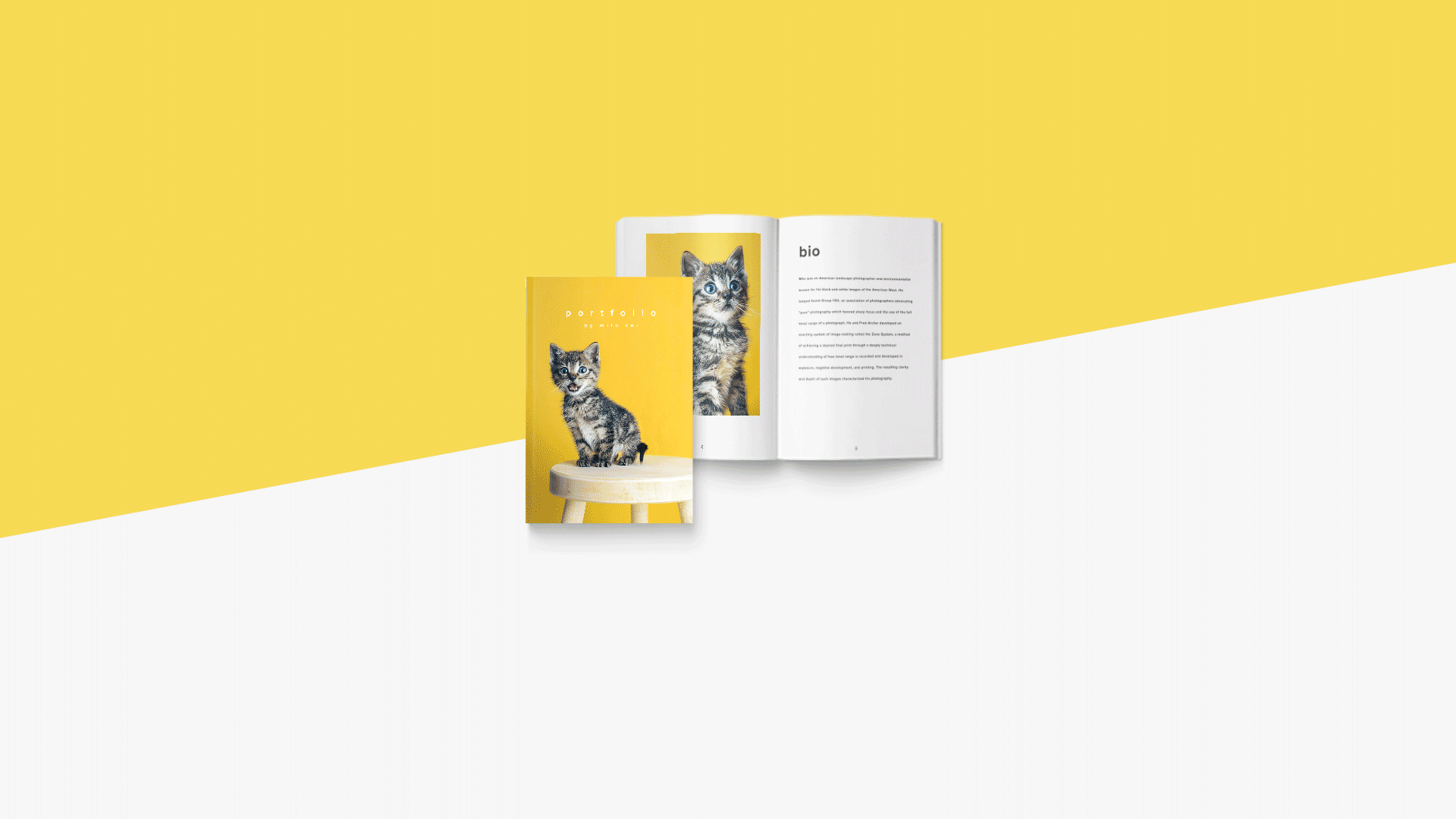Dan Milnor: Setting Creative Limits
Sometimes what we need to be successful book-makers is a good set of limits. Yes, you heard me, limits. We’ve been taught to believe that “no limits,” is always the best way, regardless of your pursuit, but I’m here to tell you otherwise. Setting a few parameters, for some of us, is the only way we will ever see book-making success. Let me explain.
Blurb Trade Books, as I’ve written in the past, are a remarkable format for self-publishing. With various paper, cover, and print options, you have near-endless possibilities for a book project. This versatile format is a popular choice for journals, family memoirs, cookbooks, guidebooks, art catalogs, lit journals, illustration, and design portfolios; the list goes on. The Trade Book can be almost anything you want it to be.
So where do we begin? Why not make all of these things? Right now, like today? Well, that is one approach. But I find that many people get stymied by too many options and this is where our beloved limits come to life.
Your Challenge: Make a 8×10 inch Trade Book
I’m going to set a limit you for today. Trade Book. 8×10 inch. You are ONLY going to make a Trade Book. But why? For one, it’s an ideal format for projects that combine text AND images, so you can showcase your drawings, stories, photos, and designs in a professional-quality book. Secondly, Trade Books comes in sizes that are standard for the book industry, making them easy to distribute and sell anywhere. Those 8×10 pages are also large enough to show detailed illustrations and create photo layouts with images in landscape or portrait mode.
Now, you do have the option of paper and cover types, but these are the only options I’m leaving up to you. Want to mix and match mediums? Stories and drawings? Poems and photos? Choose a paper type and print option to highlight your content, whether you’re printing in color or in black and white (I do recommend Standard printing for photos or image-heavy projects). You will also decide whether to print a hardcover or softcover version and how many pages it will have. That still gives you a great amount of design flexibility to keep things interesting.
Know what else? A Trade Book publication makes a great portfolio, a mailer, a giveaway, or in my case, a business card. Yes, I use Trade Books as a business card. I create books that showcase the range of photography I create as well as some of the writing I do. When I meet someone I want to work with, I hand it over. The return has been remarkable because a compact Trade Book shows that I can encapsulate an idea, that I can edit and sequence my work, and that I have an understanding of basic design principles.
So, the next time you’re feeling stuck because you can’t make up your book-making mind, then think about creating a few parameters for your project. Set a page count. Stick to softcover. Giving yourself a framework frees up your mind to think about all the good stuff that will go on your book pages. This book challenge can be the spark that lights your creative fire and finally allows you to see your work in print.
Ready to embrace this creative challenge? Start your Trade Book project today.


This post doesn't have any comment. Be the first one!